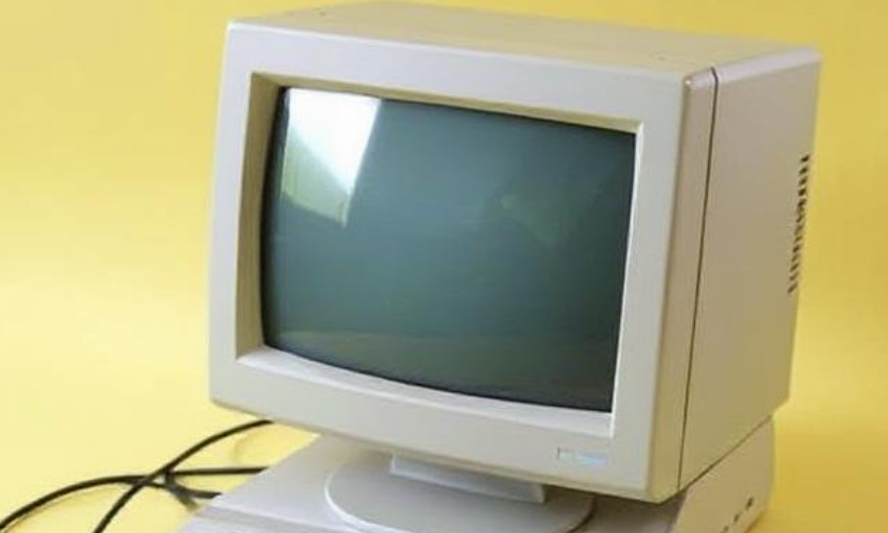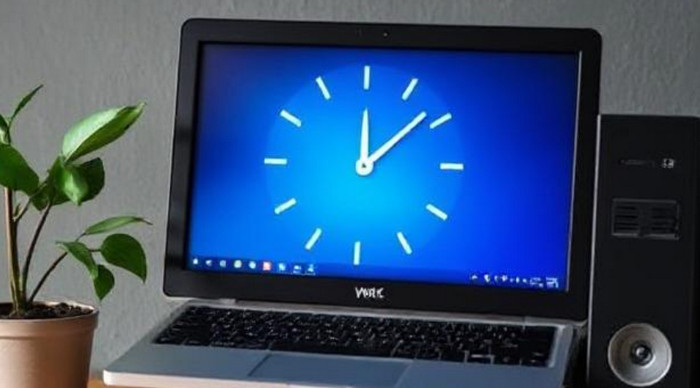# **How to Connect Your Windows Laptop or MacBook to a TV: The Ultimate Guide**
Whether you want to stream movies, give presentations, or enjoy gaming on a bigger screen, connecting your **Windows laptop or MacBook to a TV** is easier than ever. This **2000-word guide** covers **all possible methods**, including **HDMI, wireless casting, USB-C, and adapters**, ensuring compatibility with **any TV model**.
—
## **Why Connect Your Laptop to a TV?**
Before diving into the steps, here’s why you might want to connect:
– **Stream movies & shows** (Netflix, YouTube, Disney+) on a bigger screen
– **Gaming** with better visuals and sound
– **Work presentations** for meetings or school projects
– **Mirroring or extending displays** for multitasking
—
## **Method 1: HDMI Cable (Wired – Best for Quality & Stability)**
### **For Windows Laptops & MacBooks**
**HDMI is the simplest and most reliable way** to connect your laptop to a TV.
### **Steps:**
1. **Check your laptop’s ports** (HDMI, USB-C, or Mini DisplayPort).
2. **Connect an HDMI cable** from your laptop to the TV.
– If your laptop has **USB-C (Thunderbolt 3/4)**, use a **USB-C to HDMI adapter**.
3. **Switch the TV input** to the correct HDMI port (e.g., HDMI 1, HDMI 2).
4. **Configure display settings on your laptop:**
– **Windows:** Press `Win + P` → Choose **Duplicate, Extend, or Second Screen Only**.
– **MacBook:** Go to **System Settings > Displays** → Adjust arrangement & resolution.
✅ **Pros:**
– No lag, high-quality video & audio
– Works with **any modern TV**
❌ **Cons:**
– Requires a cable (not wireless)
– Some ultra-thin laptops need adapters
—
## **Method 2: Wireless Screen Mirroring (No Cables Needed)**
### **A. For Windows Laptops: Miracast & Wi-Fi Direct**
1. **Check if your TV supports Miracast** (most **Samsung, LG, Sony** TVs do).
2. On your **Windows laptop**:
– Press `Win + K` → Select your TV from the list.
– If not listed, go to **Settings > System > Display > Connect to a wireless display**.
3. **Enter the PIN** if prompted (some TVs require this).
### **B. For MacBooks: AirPlay (Apple TVs & Smart TVs)**
1. **Ensure your TV supports AirPlay 2** (Samsung, LG, Sony, or Apple TV).
2. On your **MacBook**:
– Click the **Control Center icon** (top-right) → **Screen Mirroring** → Select your TV.
– If using an **Apple TV**, enter the AirPlay code if needed.
✅ **Pros:**
– No cables needed
– Works well for streaming & presentations
❌ **Cons:**
– Slight lag (not ideal for gaming)
– Requires a **good Wi-Fi connection**
—
## **Method 3: USB-C to HDMI (For Modern Laptops)**
If your **MacBook or Windows laptop** only has **USB-C/Thunderbolt ports**, follow these steps:
1. **Get a USB-C to HDMI adapter** (or a hub with HDMI).
2. **Plug the HDMI cable into the adapter** → Connect to TV.
3. **Switch TV input** → Adjust display settings (`Win + P` or MacBook’s **Displays** settings).
✅ **Pros:**
– Works with **MacBook Pro/Air & Ultrabooks**
– Can charge laptop while connected
❌ **Cons:**
– Requires an adapter (extra cost)
—
## **Method 4: Chromecast or Streaming Devices (Google TV, Roku, Fire Stick)**
If your TV **doesn’t support Miracast/AirPlay**, use a **Chromecast, Roku, or Amazon Fire Stick**.
### **Steps:**
1. **Plug the streaming device into your TV’s HDMI port**.
2. **On Windows:**
– Open **Google Chrome** → Click **⋮ (Menu) > Cast**.
– Select your Chromecast/Roku.
3. **On MacBook:**
– Use **AirPlay (for Apple TV)** or **Chrome Cast**.
✅ **Pros:**
– Wireless & easy setup
– Great for **YouTube, Netflix, and web browsing**
❌ **Cons:**
– Limited to **browser/app casting** (not full screen mirroring)
—
## **Method 5: VGA or DVI (Older TVs & Laptops)**
If your **TV or laptop is older**, you might need **VGA or DVI cables**.
### **Steps:**
1. **Connect VGA/DVI cable** from laptop to TV.
2. **Use a 3.5mm audio cable** (since VGA doesn’t carry sound).
3. **Switch TV input** → Adjust resolution in **Display Settings**.
✅ **Pros:**
– Works with **old projectors & monitors**
❌ **Cons:**
– Lower video quality
– Requires **separate audio cable**
—
## **Troubleshooting Common Issues**
| **Problem** | **Solution** |
|————|————|
| **No signal on TV** | Check HDMI port, try a different cable |
| **Audio not working** | Set TV as default sound output (`Win + X > Sound Settings`) |
| **Blurry screen** | Adjust resolution in **Display Settings** |
| **Wireless not connecting** | Restart Wi-Fi, update drivers, or use a cable |
—
## **Which Method is Best for You?**
| **Use Case** | **Best Connection Method** |
|————|————————–|
| **Gaming / Low Latency** | HDMI or USB-C |
| **Streaming Movies** | Wireless (AirPlay/Miracast) |
| **Presentations** | HDMI or Chromecast |
| **Older TVs** | VGA/DVI + Audio Cable |
—
## **Final Thoughts**
Connecting your **Windows laptop or MacBook to a TV** is simple once you know the right method. For **best quality**, use **HDMI or USB-C**. For **wireless convenience**, **AirPlay (Mac) or Miracast (Windows)** works great.
**Need help?** Drop a comment below! 🚀


